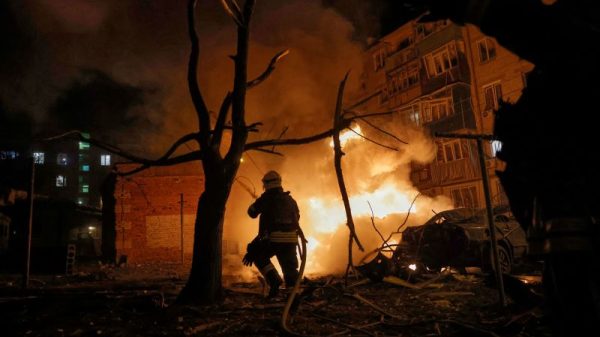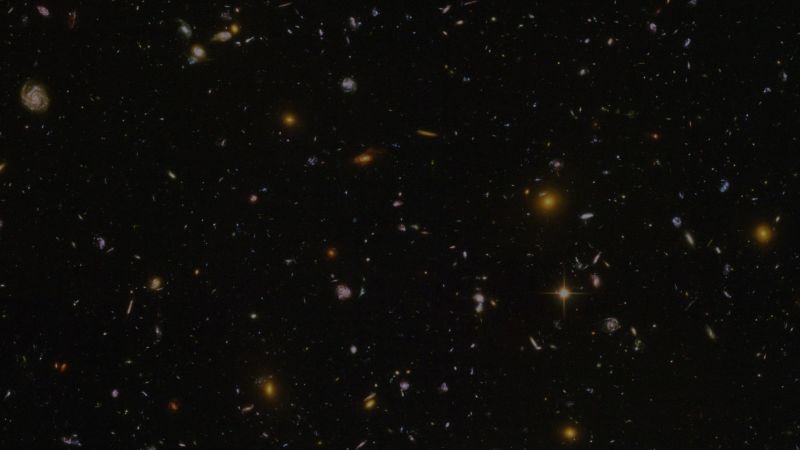The Taurid meteor shower is not quite finished, with one of its two streams set to peak this weekend. When the Northern Taurids, an annual minor shower, is at its most active, sky-gazers could catch sight of a bright meteor or two streaking across the night sky.
The Southern Taurids peaked November 5, and the dynamic duo has been seen overlapping in the night sky since mid-October. The Northern Taurids are expected to peak at around 7:21 p.m. ET Sunday, according to EarthSky.
Some of the hefty meteors typically expected from the Taurids are brighter than the planet Venus, the second-brightest celestial object in the night sky after the moon, and are categorized as fireballs, according to NASA.
“If I was going to go outside to see the Taurids, I would prepare for a long observing session for most of the night,” Cooke said. “I would get as comfy as possible — maybe bring a sleeping bag or a cot out, and dress appropriately — and I would be prepared to spend hours outside.”
Peak activity for the Northern Taurids will span a few nights before and after Sunday, according to the American Meteor Society. Local weather conditions allowing, the best time to spot a meteor will be after midnight in any time zone. The meteor shower appears to originate from the radiant constellation Taurus, and it will be highest in the sky during the very early morning hours, Cooke said.
The moon will be in its new moon phase, at only 2% illumination, according to the American Meteor Society, and will provide ideal viewing conditions as its brightness will not interfere with meteor visibility.
Debris from a comet family
While the rates for the Taurids are low this year, the American Meteor Society noted that astronomers have observed an increase in the Southern Taurids’ activity every three or seven years that can produce double the rates. Scientists predict the next chance to see an outburst — known as a “Taurid swarm” — will be 2025, Cooke said.
The Northern Taurids are believed to be debris from several asteroids that were once part of Comet Encke but broke off along with other space rocks tens of thousands of years ago, according to Cooke.
When these celestial objects, known as the Encke Complex, take their orbital journey around the sun, they leave a debris trail that appears as the Taurid meteor showers when Earth’s orbit intersects with their path.
Occasionally, meteoroids that are bigger than usual, like the Taurids, can make their way through Earth’s atmosphere and survive intact. When meteoroids fall to the ground, they are called meteorites.
“Most meteoroids burn up well above your head and don’t make it to the ground. The larger ones — the ones meter-sized, the size of a boulder — they could break up and scatter meteorites on the ground,” Cooke said, adding that those will be small and not likely to cause any damage. Roughly 48.5 tons (44,000 kilograms) of this space debris fall on Earth daily, NASA estimates.
“By the time a meteorite hits the ground, it will be cool,” Cooke said. “They do not start fires — it will be cold; you can pick it up.”
Meteor showers yet to peak this year
Meteors from the Northern Taurids are expected to be seen blazing in the sky until the shower’s finality on December 2, according to the American Meteor Society. If you are eager to see more, here are the remaining meteor showers that peak in 2023:
● Leonids: November 17-18
● Geminids: December 13-14
● Ursids: December 21-22
Full moons
There are two full moons remaining in 2023, according to the Farmers’ Almanac:
● November 27: Beaver moon
● December 26: Cold moon







































